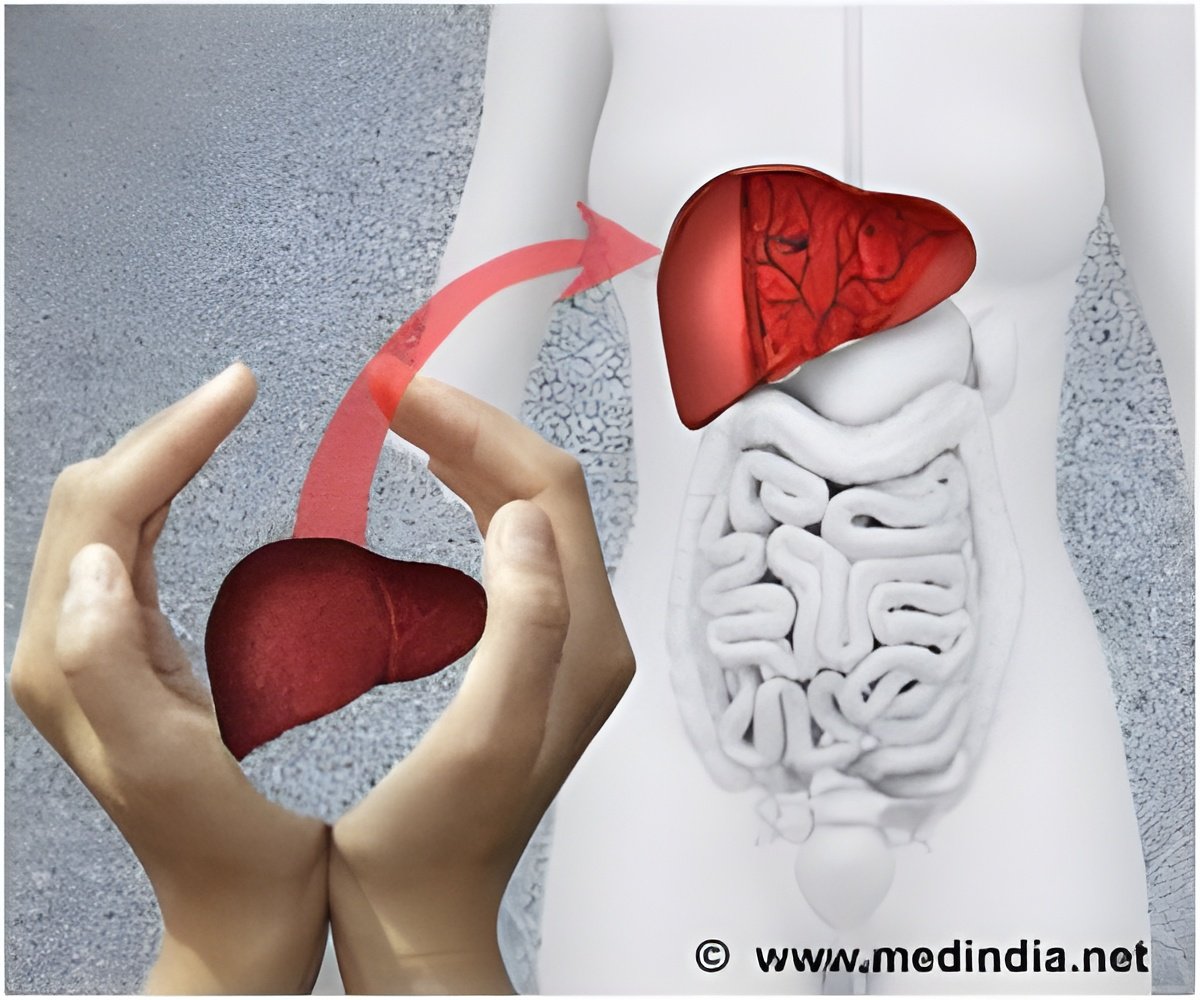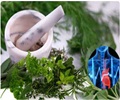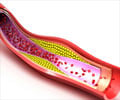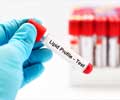
The VCU findings may provide researchers with potential new targets for treatment and also allow clinicians to further refine how they assess cardiovascular risk and develop ways to reduce it in individuals with a more aggressive form of nonalcoholic fatty liver disease called nonalcoholic steatohepatitis, or NASH.
In the study, published in the May issue of Cell Metabolism, the team has shown that there is not only increased production of cholesterol but a decreased expression of the receptor that takes up cholesterol from the blood. This would be expected to both enhance cholesterol output from the liver and reduce its removal, thereby making it more available to enter blood vessels and contribute to cardiovascular disease. The liver not only makes cholesterol, but also takes up cholesterol from the blood.
"This indicates that there is excessive cholesterol production in the liver when one develops fatty liver disease," said lead investigator Arun Sanyal, M.D., professor and chair in the Division of Gastroenterology, Hepatology and Nutrition in the VCU School of Medicine.
"This may be important both to drive the disease towards cirrhosis and to increase the risks of heart disease in those with fatty liver disease," said Sanyal.
Sanyal collaborated with VCU colleagues in the VCU Division of Gastroenterology, Hepatology and Nutrition, the Department of Surgery and the Department of Pathology.
Advertisement















